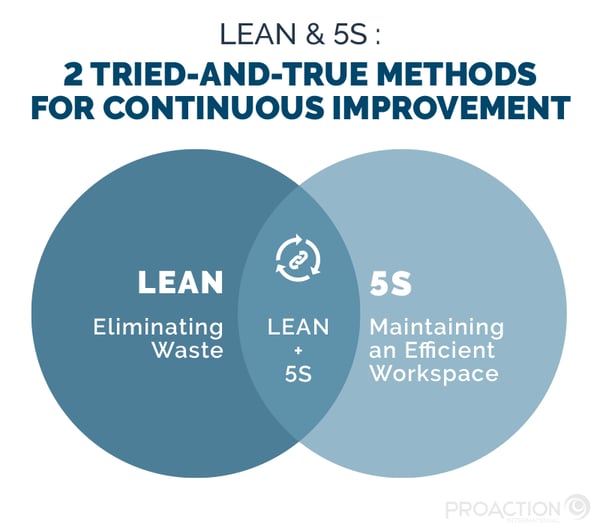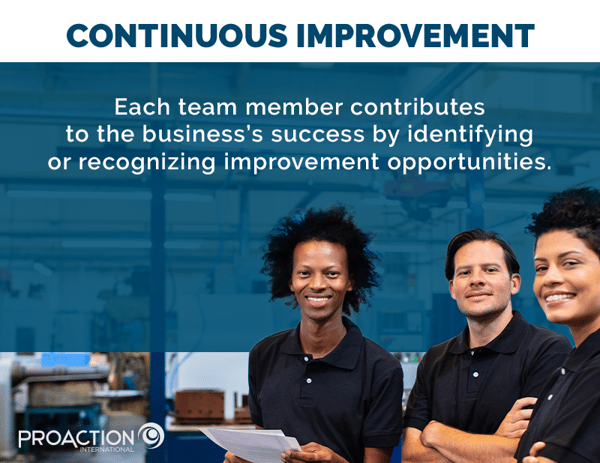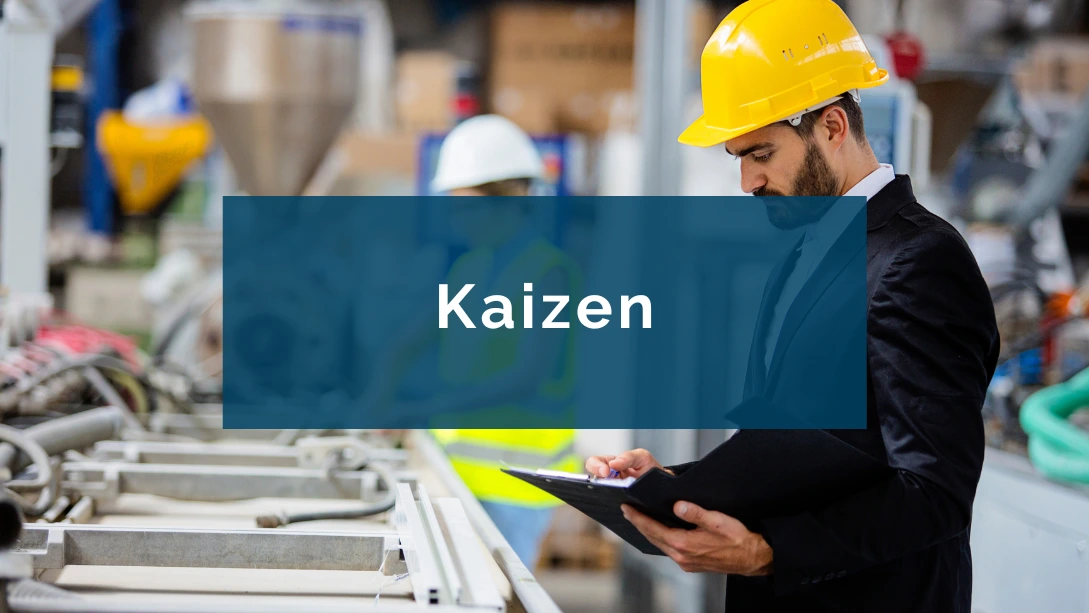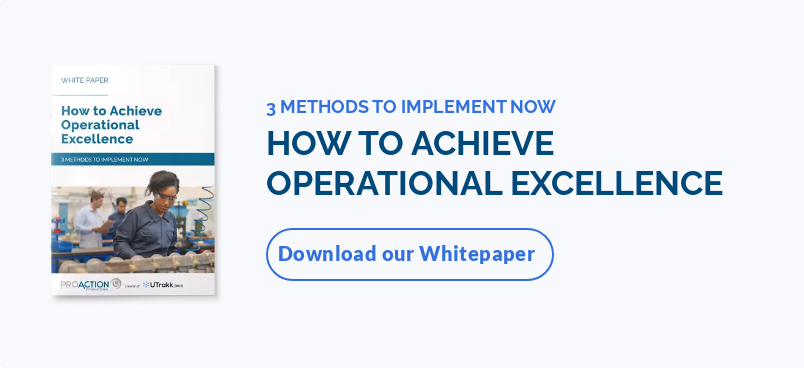What is continuous improvement (Kaizen)?
The English translation of Kaizen, a Japanese term originating from the fusion of the words kai ("change") and zen (" better"), is the continuous improvement that relies on small concrete actions that are simple and inexpensive.
Also considered a philosophy, Kaizen requires a commitment from all parties. Regardless of their job, each employee is invited to reflect on their work environment and come up with constructive suggestions relating to productivity.
The color-coded systems used for managing paper files are an excellent example of continuous improvement that is well established in most organizations. This efficient, zero-cost filing method does minimize wasted time.
The key factors of Kaizen
To ensure this effort is successful, all stakeholders must be open-minded and adopt a positive attitude:
- Challenge current practices instead of searching for excuses or culprits for problems.
- Consider all suggestions for improvement, making sure that they are feasible.
- Focus on results and don't get hung up on possible obstacles.
- Find solutions without looking for perfection.
- Involve at least one participant from each team connected to the problem.
Lean and 5S: two tried-and-true methods
Lean Manufacturing refers to a management and work-organization system that improves performance via training for everyone.
The two main objectives of this method are customer satisfaction (revenue) and the success of each employee (engagement and commitment). In a nutshell: Lean management eliminates unnecessary waste.

The 5S method is an excellent complement to Lean because it aims to better structure the company's operations to gain efficiency. Material losses and accident risk significantly decline by reducing waste and workplace disorganization.
By waste, we are referring to:
- Overproduction;
- Waiting;
- Unnecessary transport and motion;
- Excessive or improper processing;
- Surplus inventory;
- Defects;
- Untapped employee creativity.
The idea behind 5S involves maintaining an efficient workspace that regulates itself through procedures and visual instructions.
The 5S implementation allows employees to identify unnecessary elements and promotes regular executive decision-making.
Why invest in continuous improvement?
In management, encountering a problem is not considered a failure. On the contrary! It is, instead, an opportunity to improve.
With this in mind, becoming aware of an issue and finding a solution becomes a learning experience that creates value for the entire company.
With continuous improvement, everyone's responsibility, regardless of status or hierarchy, is to spot progress opportunities. At its core, this is what makes Toyota the powerhouse it is! A strength that gave birth to the Toyota Kata method developed by the American researcher Mike Rother. Each team member contributes to the business’s success by identifying or recognizing improvement opportunities. In some cases, employees resolve the problem themselves. Otherwise, they turn to their manager to implement the solution.
Continuous improvement means getting suggestions and finding solutions to get better results. It's also about improving production quality, increasing productivity, and optimizing health and safety.
Important point: The company must create a structure capable of responding quickly to employee suggestions to avoid losing motivation and commitment. Continuous improvement also requires a good understanding of the issues on the part of employees so that the solutions remain realistic.

How to establish a culture of continuous improvement?
Creating a culture of continuous improvement requires a well-structured corporate culture for governance and leadership.
It's also crucial to encourage employees and involve them in the process through training. As a result, they become better at recognizing opportunities for improvement within the scope of their work.
In a continuous improvement culture, one of the manager's priorities is reinforcing this discipline in ALL employees. By communicating common and individual goals, everyone works towards a shared objective.












